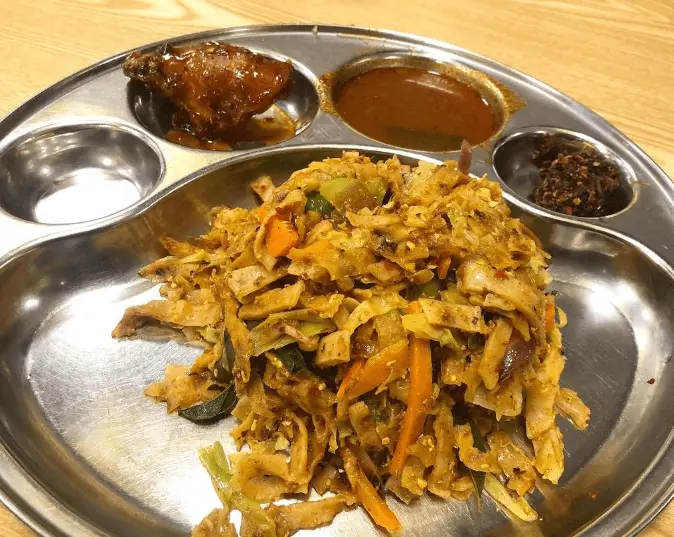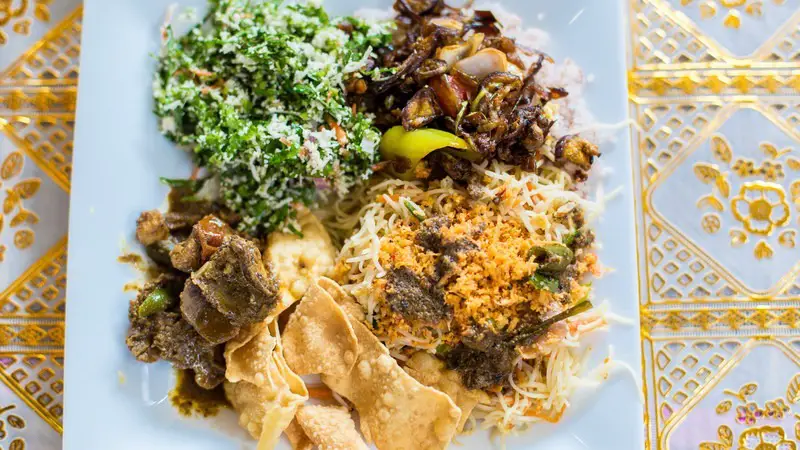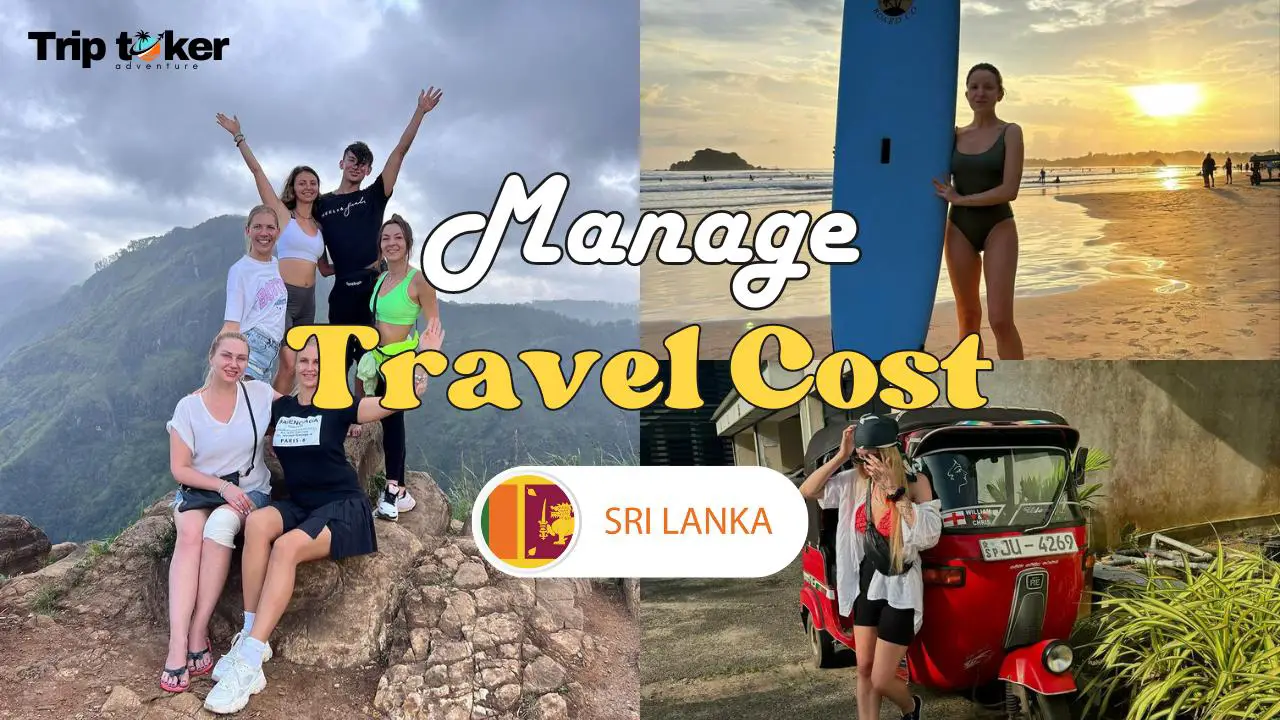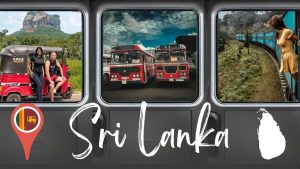Sri Lanka, an island nation known for its rich cultural heritage and breathtaking landscapes, has emerged as a coveted destination for travelers around the world. Its popularity stems from a blend of historical sites, stunning beaches, and diverse wildlife, making it a unique travel experience. However, understanding the Sri Lanka travel cost is crucial for anyone planning a visit. This guide aims to provide an in-depth look at the various expenses you might encounter, from transportation to accommodation, ensuring a well-planned and enjoyable journey.
Table of Contents
Planning Your Sri Lankan Trip
Best Time to Visit Sri Lanka in 2024
To make the most of your trip, timing is key. The best time to visit Sri Lanka in 2024 largely depends on the region you plan to explore. Generally, the ideal period is between December and April for the west and south coasts and the hill country. For the east coast, the best weather is typically from May to September. Planning your visit during these months ensures pleasant weather, allowing you to fully enjoy the outdoor attractions and activities.
Suggestions |Read More : Best Time to Visit Sri Lanka: When to Enjoy Beaches, Wildlife, and Culture
Essential Travel Documents and Visa Requirements
Before Starting your journey, it’s important to have all the necessary travel documents. For most travelers, a visa is required to enter Sri Lanka. Fortunately, obtaining a visa is relatively straightforward, with options for an Electronic Travel Authorization (ETA), which can be applied for online. For detailed information on visa requirements and the application process, visit the Official Sri Lanka Tourism Information website.
Health and Safety Considerations for Travelers
Your health and safety are paramount when traveling. It’s advisable to have comprehensive travel insurance to cover any unforeseen medical expenses or travel disruptions. Companies like World Nomads Travel Insurance offer tailored plans for various travel needs. Additionally, staying updated on the latest health advisories and vaccination requirements is crucial. Always ensure you have access to clean drinking water and take precautions against mosquito-borne diseases common in tropical climates.
Transportation Costs in Sri Lanka



Navigating through Sri Lanka offers a variety of transportation options, each varying in cost and experience. Understanding these options is key to managing your Sri Lanka travel cost effectively. This takes one of the important place in Sri Lanka Travel Cost.
- Tuk-Tuks: These iconic three-wheelers are ubiquitous across Sri Lanka. They’re ideal for short distances and offer a unique local experience. The cost is relatively low, but it’s advisable to negotiate the fare before starting your journey.
- Buses: For budget-conscious travelers, buses are the most economical choice. They connect major cities and towns, offering a glimpse into the daily life of locals. However, they can be crowded and less comfortable.
- Trains: Train travel in Sri Lanka is not only affordable but also scenic, especially routes like Kandy to Ella. Prices vary depending on the class, but even the higher classes are reasonably priced.
Tips for Budget-Friendly Transportation
Use apps like PickMe or Uber for fair pricing on tuk-tuks.
For longer distances, consider booking train tickets in advance, especially for popular routes.
Explore group travel options or shared taxis for longer distances to split costs.
Sri Lanka Travel Cost : Accommodation Expenses
Accommodation Expenses are also in the top of the list when considering Sri Lanka Travel Cost. The range of accommodation in Sri Lanka can fit any budget, from luxury resorts to modest hostels.
- Hotels: Prices vary widely based on location and luxury level. You can find mid-range hotels offering comfortable stays at reasonable prices.
- Hostels: Ideal for solo travelers and backpackers, hostels are not only affordable but also great places to meet other travelers.
- Guesthouses: Offering a more personal experience, guesthouses are often family-run and provide a cozy stay at a fraction of the cost of hotels.
Tips for Finding Affordable Stays
Book in advance, especially during peak tourist seasons, to get the best deals.
Consider staying in smaller towns or rural areas for lower prices and authentic experiences.
Use trusted booking websites to compare prices and find discounts.
By carefully considering these aspects of Sri Lanka travel cost, you can ensure a comfortable yet budget-friendly trip. The next sections will cover food and dining costs, along with activity and excursion expenses, to give you a comprehensive understanding of what to expect financially on your Sri Lankan adventure.
Food and Dining Costs



Sri Lanka’s cuisine is a delightful exploration of flavors and spices, integral to the overall travel cost. From street food to fine dining, the island offers a range of culinary experiences. This is must include in the list when you calculate Sri Lanka Travel Cost.
- Local Restaurants: Dining at local eateries is not only affordable but also an authentic way to experience Sri Lankan cuisine. A typical meal at a local restaurant can cost as little as a few dollars.
- Tourist Spots: Restaurants in tourist areas tend to be more expensive. Here, a meal can cost significantly more, sometimes double or triple the price of local spots.
Tips for Eating on a Budget
Street food is a delicious and cost-effective option. Try local favorites like kottu or hoppers.
Eat where the locals eat. These places usually offer the best prices and authentic tastes.
Opt for set meals or buffets in restaurants, which often provide value for money.
Activity and Excursion Costs to calculate Sri Lanka Travel Cost
The travel cost in Sri Lanka also includes the expenses for activities and excursions, which vary widely depending on the type of experience.
- Popular Tourist Attractions: Entry fees for attractions like the Sigiriya Rock Fortress or the Dambulla Cave Temple range from $10 to $30. Prices are typically higher for foreign tourists.
- Guided Tours and Excursions: Costs for these can vary greatly. A guided safari in Yala National Park, for example, can cost anywhere from $30 to over $100 depending on the package.
Recommendations for Free or Low-Cost Activities
- Explore the many beaches of Sri Lanka, most of which have free access.
- Visit religious sites and temples, which often have no entry fee, but donations are appreciated.
- Take advantage of nature walks and hikes in places like Ella or the Knuckles Mountain Range, which usually do not require any fees.
By carefully planning and considering these aspects of travel cost, you can enjoy a rich experience in Sri Lanka without overspending. The final section will provide a daily budget breakdown to help you further manage your expenses.
Daily Budget Breakdown
Effectively managing your travel cost in Sri Lanka requires a clear understanding of daily expenses. Here’s a breakdown for different types of travelers:
Backpackers
- Accommodation: Hostels or budget guesthouses can cost between $5 to $15 per night.
- Food: Local eateries and street food can keep the food budget to about $5 to $10 per day.
- Transportation: Using local buses and trains can keep daily transport costs under $5.
- Activities: Free or low-cost activities, with occasional paid attractions, can average around $10 per day.
Mid-Range Travelers
- Accommodation: Mid-range hotels or guesthouses typically range from $20 to $50 per night.
- Food: Dining at mid-range restaurants can cost about $15 to $25 per day.
- Transportation: Renting a scooter or taking occasional taxis can bring the transport budget to around $10 to $15 per day.
- Activities: A mix of paid and free activities can average around $20 to $30 per day.
Luxury Travelers
- Accommodation: Luxury hotels or resorts can cost $100 and upwards per night.
- Food: High-end restaurants and bars might bring the food budget to $50 or more per day.
- Transportation: Private car hires or more comfortable transport options can cost $30 and above per day.
- Activities: Guided tours and premium experiences can average $50 to $100 per day.
Tips for Managing and Tracking Travel Expenses
Use budgeting apps to keep track of daily spending.
Set a daily limit and try to stick to it.
Keep some cash for small expenses but use cards or digital payments where possible for better tracking.
FAQs on Travel Costs in Sri Lanka
When planning a trip to Sri Lanka, several common questions arise regarding the travel cost. Here are some answers to help you budget effectively:
How much would a Sri Lanka trip cost?
- The cost of a trip to Sri Lanka varies based on travel style. Backpackers can spend as little as $20-$30 per day, while mid-range travelers might spend around $50-$100 per day. For luxury travelers, the cost can exceed $200 per day.
Is $100 a lot in Sri Lanka?
- Yes, $100 is considered a significant amount in Sri Lanka. It can cover several days of expenses for a budget traveler, including accommodation, food, and basic activities.
Is it expensive to travel Sri Lanka?
- Sri Lanka can be a very affordable destination, especially compared to many Western countries. Costs are relatively low for food, transportation, and activities, making it accessible for various budgets.
How much money do I need per day in Sri Lanka?
- Budget travelers: $20-$30 per day
- Mid-range travelers: $50-$100 per day
- Luxury travelers: $200+ per day
Tips for Saving Money and Avoiding Tourist Traps
- Eat at local restaurants instead of tourist-oriented ones.
- Use public transportation or rent a bike/scooter for local travel.
- Stay in guesthouses or hostels instead of expensive hotels.
- Bargain at markets, but do so respectfully.
Advice on Currency Exchange and Payment Methods
- Exchange some currency before arriving for convenience.
- Use ATMs for local currency but be aware of transaction fees.
- Credit cards are widely accepted in cities and tourist areas, but always have some cash for rural areas.
- Be cautious of currency exchange rates offered at airports or hotels, as they may not be the most favorable.




